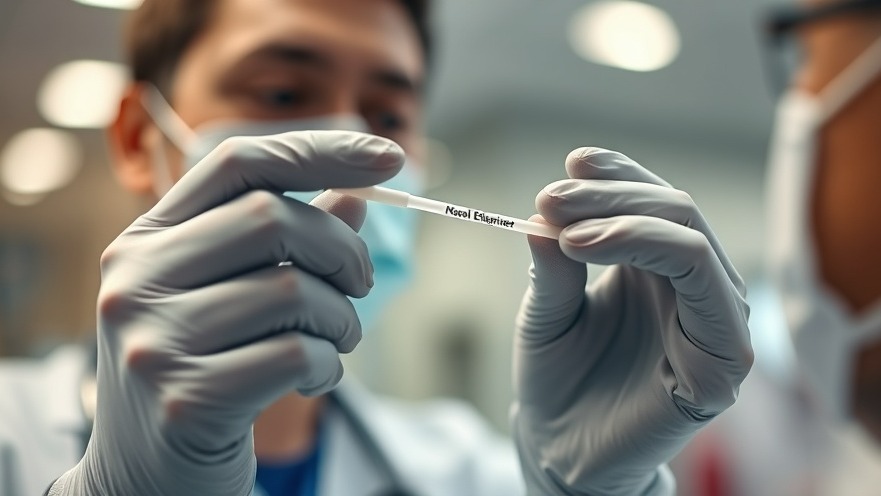
Advancements in Virus Detection: An Overview of LUCAS
Researchers at Mass General Brigham are making significant strides in the fight against viral infections with a groundbreaking development known as the Luminescence Cascade-based Sensor (LUCAS). This new diagnostic tool is engineered to process complex biological samples with unprecedented sensitivity and speed, allowing for effective virus detection at the point of care.
The Significance of Bioluminescence in Diagnostics
Bioluminescence plays a crucial role in enhancing diagnostic accuracy. The LUCAS tool harnesses the natural luminescent properties derived from firefly luciferase, producing detectable light signals in the presence of viral particles. As Dr. Hadi Shafiee emphasized, finding viral particles in a biological fluid is akin to looking for an ice cube in a jelly-filled Olympic pool while blindfolded. The integration of this natural enzyme with advancements in biotechnology presents a novel approach to tackling the limitations of traditional diagnostics.
How LUCAS Outperforms Previous Diagnostic Technologies
Traditional point-of-care diagnostic tools often fall short due to issues such as inaccuracy, sensitivity, and the detrimental effects of background noise. LUCAS demonstrates capabilities that are 500-fold stronger and eight-fold longer-lasting than existing systems. This is pivotal for practitioners who rely on quick, accurate diagnostics to make informed treatment decisions. The extended signal duration means that health practitioners will have more reliable bioluminescent readings over time, fostering improved patient outcomes.
Innovative Enzyme Cascade Mechanism: The Heart of LUCAS
At the core of LUCAS's enhanced bioluminescent capability is a unique enzyme signal cascade. By introducing beta-galactosidase into the diagnostic process, the tool efficiently maintains luciferin concentration, leading to a continual release of luminescent signals. This allows LUCAS to achieve a bioluminescence strength that's 515 times greater than non-LUCAS systems, making it a significant leap forward in viral detection technology.
Broader Implications for Health Care
LUCAS doesn't just improve diagnostics; it also has the potential to redefine how infectious diseases are monitored and managed in diverse healthcare settings. Practices that implement LUCAS will be equipped to conduct rapid tests on a variety of viruses in real-time, greatly enhancing their ability to respond to outbreaks and individual patient needs. For concierge health practitioners, staying updated on these technological developments is essential, as they directly influence patient care strategies.
Future of Bioluminescent Diagnostics
Looking ahead, the advancement of tools like LUCAS could revolutionize the field of diagnostic medicine. As the healthcare landscape continues to evolve with technology, innovations such as these present opportunities for improved patient outcomes. The ability to detect viruses more efficiently and effectively could lead to quicker interventions, reducing the transmission rates of infectious diseases and empowering healthcare professionals to provide high-quality, timely care.
Conclusion: A Call to Embrace New Technologies
The development of LUCAS marks a significant achievement in medical technology that grants practitioners powerful tools for virus detection. As concierge health practitioners, it is crucial to embrace these advancements, integrate them into practice, and leverage their capabilities to improve patient health outcomes. The healthcare industry is rapidly evolving; staying ahead requires a commitment to lifelong learning and an openness to new diagnostic technologies that enhance our ability to serve patients better.
 Add Row
Add Row  Add
Add 






Write A Comment